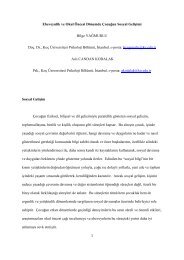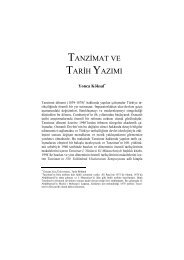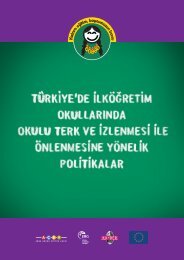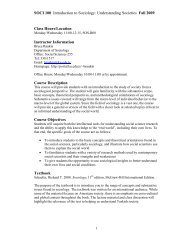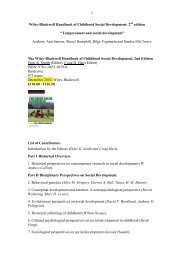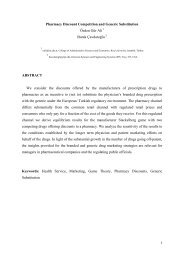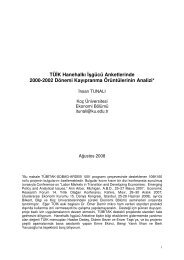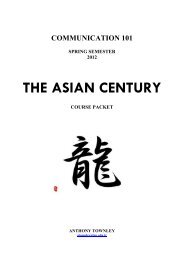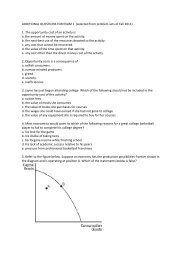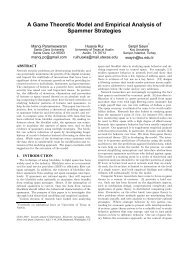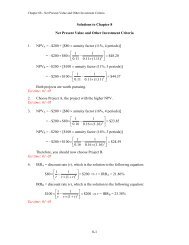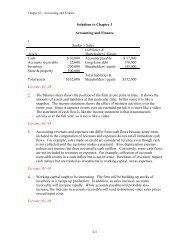Sosyalleştirme Hedefleri 1 1 Türk Annelerin Çocuk Sosyalleştirme ...
Sosyalleştirme Hedefleri 1 1 Türk Annelerin Çocuk Sosyalleştirme ...
Sosyalleştirme Hedefleri 1 1 Türk Annelerin Çocuk Sosyalleştirme ...
You also want an ePaper? Increase the reach of your titles
YUMPU automatically turns print PDFs into web optimized ePapers that Google loves.
<strong>Sosyalleştirme</strong> <strong>Hedefleri</strong> 45construal. Kağıtçıbaşı (2005, 2007) reformulates the relationship between these twodimensions in her Family Change Model and differentiates between three family models,which are conducive to different levels of autonomy and relatedness. The family model ofinterdependence is mostly seen in the traditional family and is characterized by material andemotional interdependence across generations. In the family model of independence,intergenerational independence is valued. The family model of emotional interdependence isthe dialectical synthesis of the other two models, and is characterized by materialindependence and emotional interdependence among members.In light of previous literature and of the Family Change Model framework,(Kağıtçıbaşı, 2005, 2007), the present study aims to explore the long-term socialization goalsof Turkish mothers and to examine whether a within-culture variance can be attributed to themothers’ education level.MethodParticipantsForty mothers living in Istanbul participated in the present study. High educated (n =20, M education = 15.5, SD = 1.7) and low educated (n = 20, M education = 4.9, SD = 0.5) mothergroups were formed in terms of mothers’ years of formal schooling. The ages of mothers inthe two groups ranged from 24 to 39 years. The groups were similar in regard to their maritalstatus and family composition (e.g., being intact and nuclear families). All mothers were bornand raised in Turkey.With regard to the age of the target child, there was no significant difference betweenthe low-educated (M age = 20.9 in months, SD = 9.7) and high-educated (M age = 22.7 inmonths, SD = 7.8) groups. Gender distribution was also quite similar between the two groups(low-educated mothers = 9 girls and 11 boys; high-educated mothers = 10 girls and 10 boys).45



